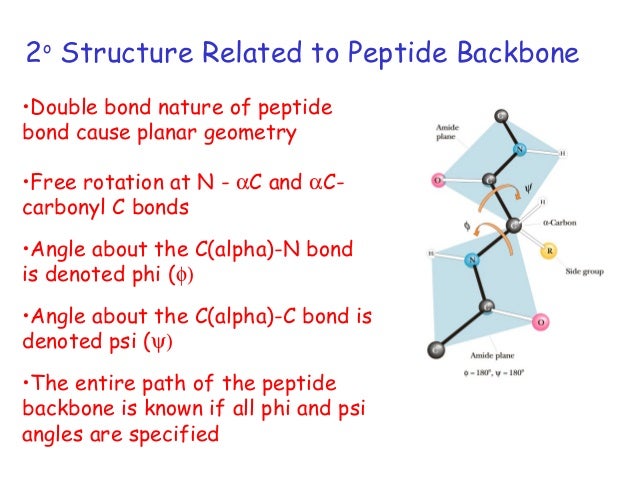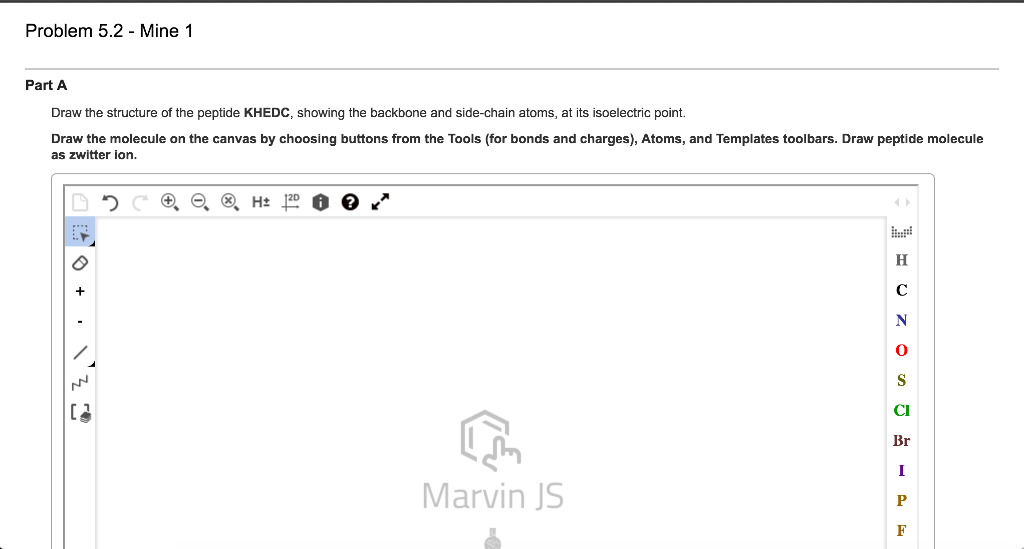Everything fun that we do to draw the amino acids starts here. Thats the secondary structure of a protein.

Chapter 4 Part 1 Protein Structure Introduction 2nd Structure

The Peptide Bond Torsion Angles And The Ramachandran Plot Studocu

Synthesis Scheme And Structure Of The Backbone Cyclic Peptide
Tertiary structure refers to the comprehensive 3 d structure of the polypeptide chain of a protein.

Backbone peptide structure. Everything fun that we do to draw the amino acids starts here. The primary structure of a protein is the linear sequence of amino acids joined together by peptide bonds. There are several types of bonds and forces that hold a protein in its tertiary structure.
This is the main structure of the amino acid. I could have a hydrogen bond over here and so thats what gives this a helical a helical structure and we would call this an alpha an alpha helix so these interactions between the backbone between the backbone the peptide backbone thats the secondary structure. Secondary structure is formally defined by the pattern of hydrogen bonds between the amino hydrogen and carboxyl oxygen atoms in the peptide backbone.
Secondary structure may alternatively be defined based on the regular pattern of backbone dihedral angles in a particular region of the ramachandran plot regardless of whether it has the correct hydrogen bonds. A similar linkage between a large number of amino acids forms polypeptides which are called proteins when they are large enough and have a defined three dimensional structure. The third functional group is called the side chain also called the r group.
Compared to rna and dna backbone protein backbone has a relatively simple chemical structure a nitrogen atom two carbon atoms one or two oxygen atoms and a few hydrogens. Amino acids consist of a common backbone which allows them to be joined together in any order and a variable r group which impacts both the final protein structure and its function. Bearing in mind the planar nature of the peptide group a polypeptide chain can be seen to have a backbone that consists of a series of rigid planar peptide groups linked by the c a atoms.
The sequence of the amino acids in the polypeptide backbone is known as the primary structure of the protein. This primary structure leads to folding of the protein into the secondary structure formed by hydrogen bonding between the carbonyl oxygens and amine hydrogens in the backbone. Two of these functional groups are part of the peptide backbone and are involved in peptide bond formation.
These are the amino group and the carboxylic acid group. There are several types of bonds and forces that hold a protein in its tertiary structure. The alpha carbons from each amino acid alternate with the peptide bonds to form the backbone of the peptide.
Protein backbone is what holds a protein together and gives it an overall shape or tertiary structure. Polypeptides refer to a chain of amino acids. Peptides and peptide backbone.
These are sections of the molecule that define what type of amino acid were working with. Nonetheless cis peptide bonds occur only in approximately 10 of instances of peptide bonds preceding proline residues.

Backbone Chain Wikipedia

Levels Of Protein Structure Peptide Protein Formation Peptide Small

Solved Draw The Structure Of The Peptide Khedc Showing T

EmoticonEmoticon